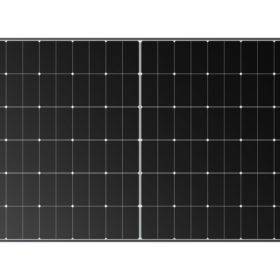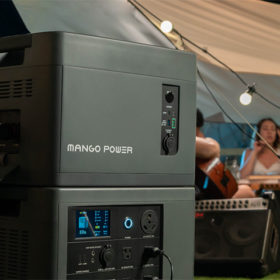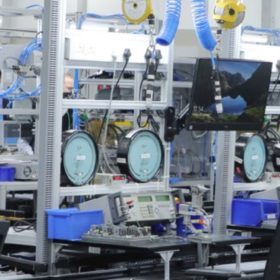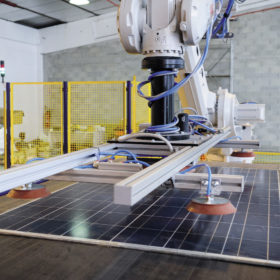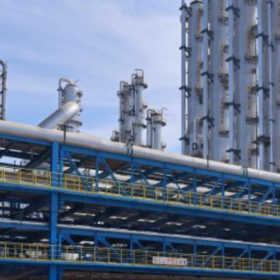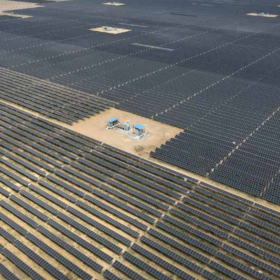India needs $300 billion to meet 2030 target of 500 GW non-fossil energy capacity
A new report by Arthur D. Little presents an integrated blueprint for India to achieve its true potential in the power sector with a focus on renewables.
IBC solar modules may drive TOPCon out of market by 2028, says tech expert
Radovan Kopecek, an expert on interdigitated back-contacted (IBC) tech, says that IBC solar panels could capture more than 50% of the global market by 2030, potentially pushing TOPCon products out of competition. He told pv magazine how this transition might materialize and discussed the tech advancements that could make it possible.
Attero to invest $72.4 million in setting up ‘world’s most advanced’ Li-ion battery recycling plant in Telangana
The company already has a state-of-the-art lithium battery recycling plant in Roorkee, Uttarakhand, with a recovery efficiency of more than 98% across various battery materials. It said the new plant in Telangana will increase its Li-ion battery recycling capacity to 19,500 MT by the end of 2023 from the current 4,500 MT.
Disrupting the ‘Li-ion battery waste to value creation’ market
Bengaluru-based Metastable Materials has developed a 100% chemical-free process for extracting metals out of scrap Li-ion batteries. It has set up an ‘Urban Mining Unit’ on the outskirts of Bengaluru, which is capable of processing up to 1,500 tonnes of dead batteries per annum. This unit will start production early next year. Shubham Vishvakarma, founder and chief of process engineering at Metastable Materials, speaks to pv magazine about the role of urban mining in meeting India’s electric mobility ambitions and the advantages of the process developed by them.
Longi launches all new back contact module, promising 22.8% efficiency
Longi has launched a series of modules featuring an all-new hybrid passivated back contact cell technology, with which it claims a maximum module efficiency of 22.8% in mass production. It will initially offer the modules in 54, 60, 66 and 72 cell formats, targeting rooftop and distributed generation applications.
Tdafoq Energy partners India’s Delectrik Systems for GWh-scale vanadium flow battery plant in Saudi Arabia
Tdafoq Energy will use Delectrik Systems’ technology to manufacture vanadium redox flow batteries in Saudi Arabia. Construction has already started on a manufacturing facility in Saudi Arabia, which will be scaled to a GWh capacity by 2025.
Mango Power unveils home and portable battery system
US-based Mango Power has developed a 3.5 kWh battery system that can be expanded up to 14 kWh. The product features LFP battery cells from CATL and can be charged through AC wall outlets, with solar panels, or via electric-vehicle chargers.
Putting bifacial modules to the test
US scientists recently put different bifacial solar cells and modules through a series of tests at elevated temperature, humidity, voltage and mechanical stress levels. The tests revealed a range of light-induced and potential-induced degradation mechanisms that modules will likely suffer in the field.
ABB India opens its first smart instrumentation factory in Bengaluru
The factory will produce measurement solutions for a wide variety of industries, including power, and cater to domestic and global consumption. Its modular design allows the expansion of production capacities and new products in line with the market demand.
Recycling key to solar sustainability
A new study of the environmental impacts of renewable energy finds significant opportunities for solar to reduce its impacts in various categories, including human health, resource depletion, and environmental damage. The study notes in particular that more work is needed to establish a comprehensive reuse and recycling network for end-of-life PV products.




